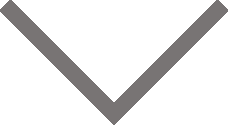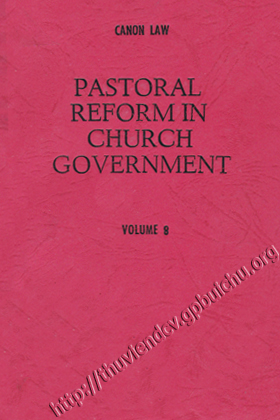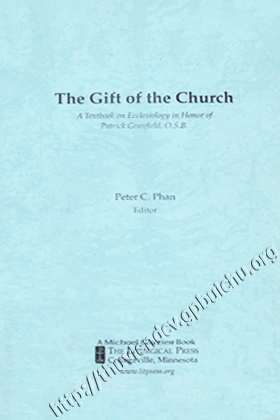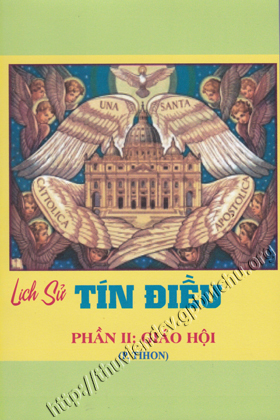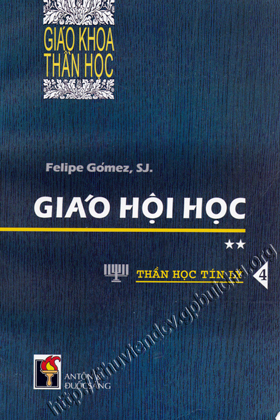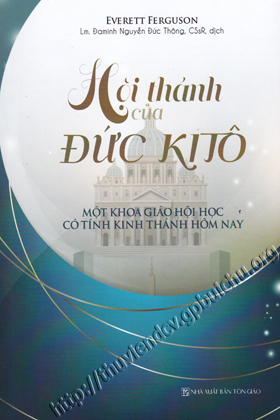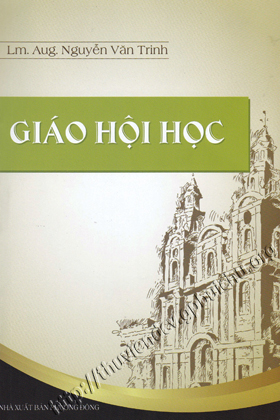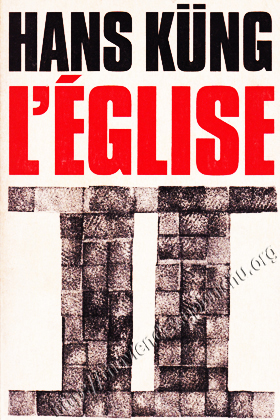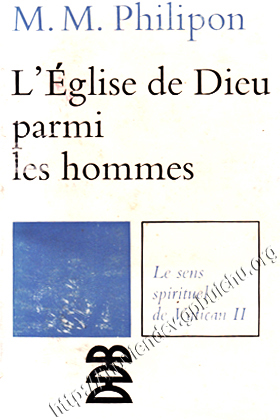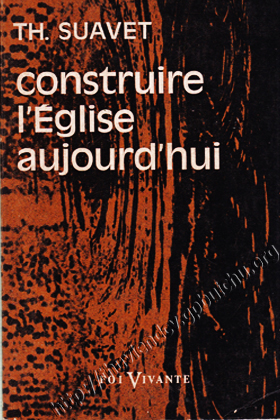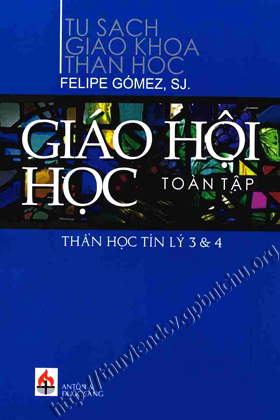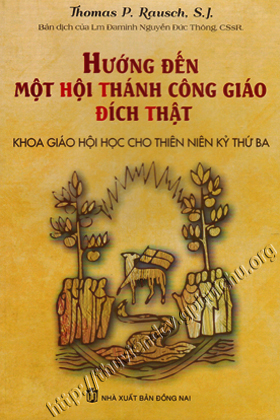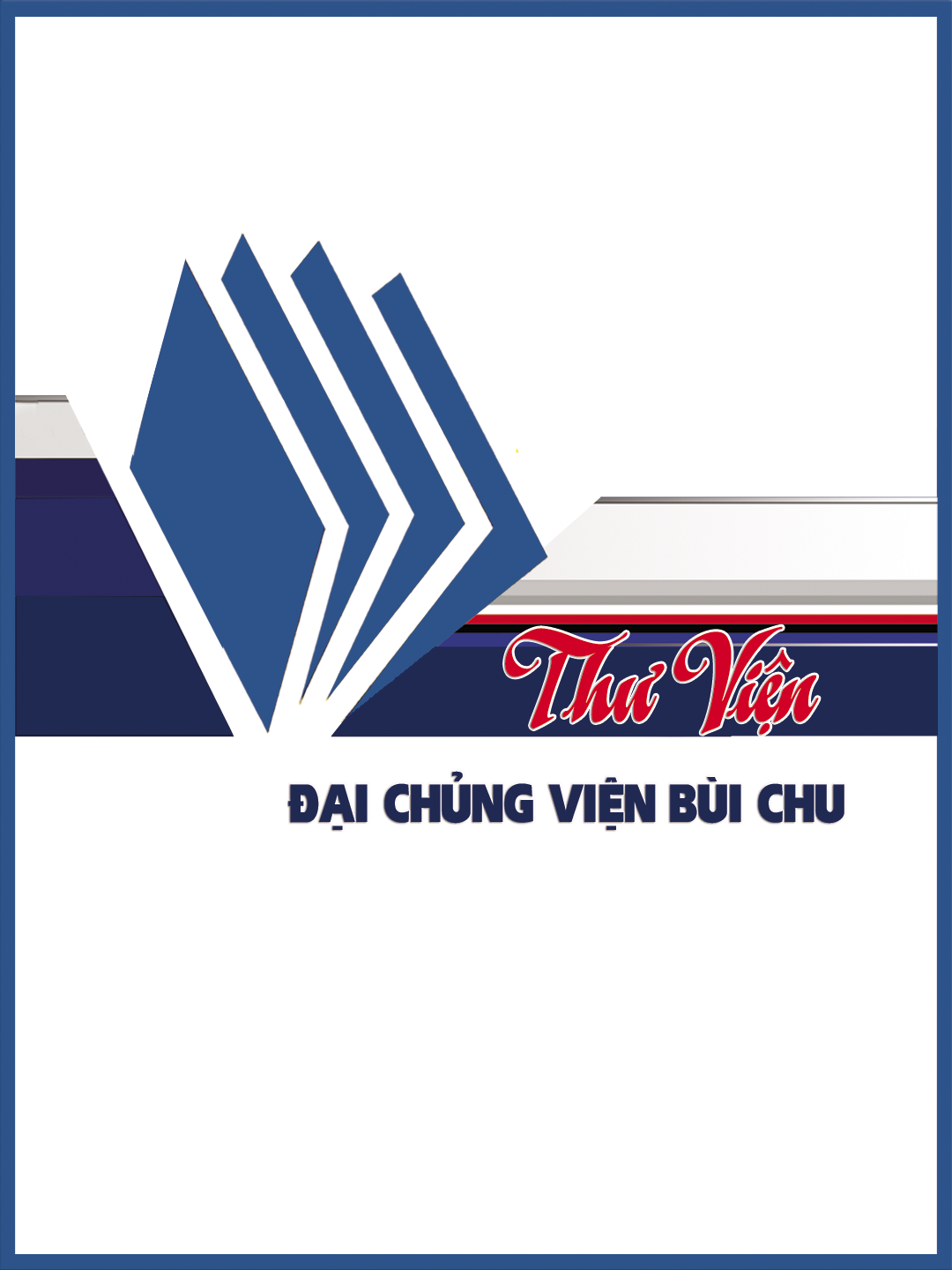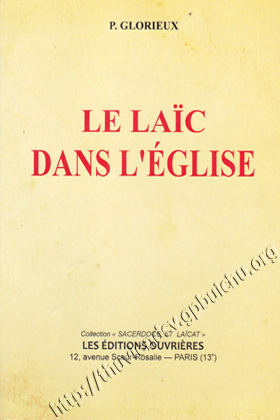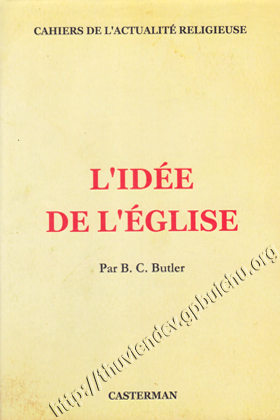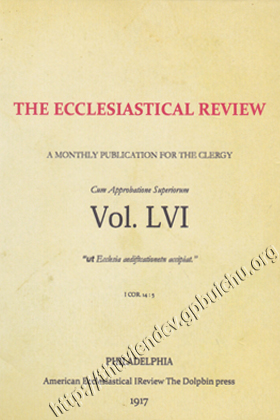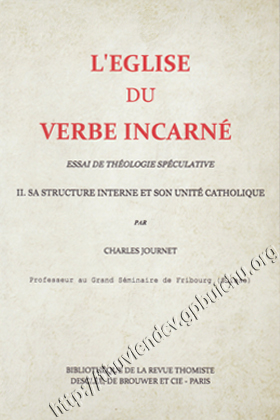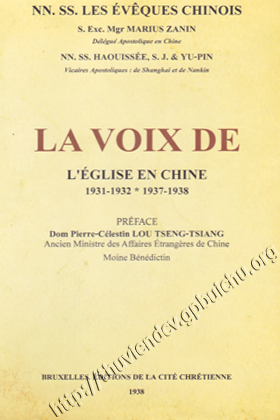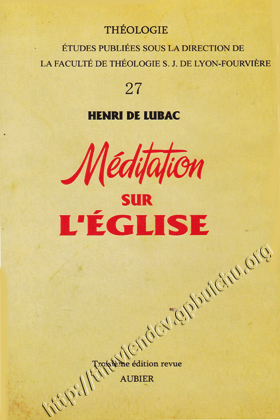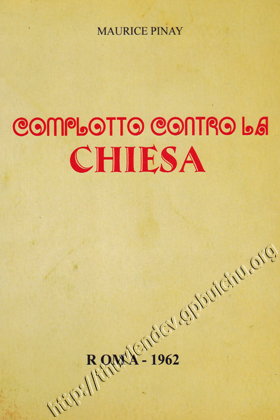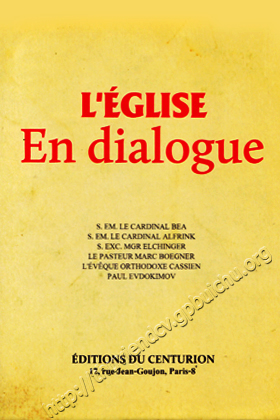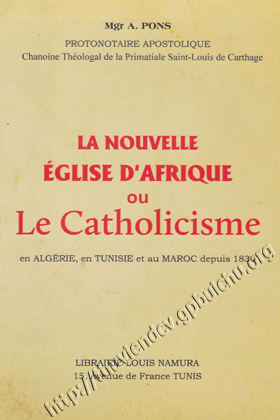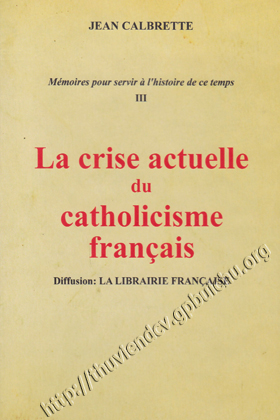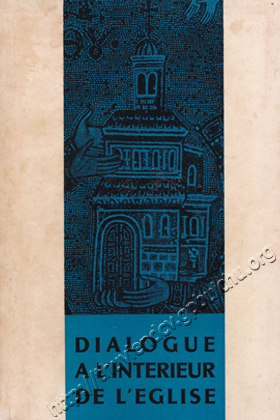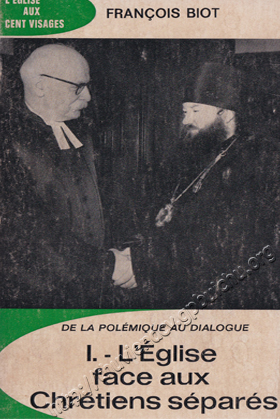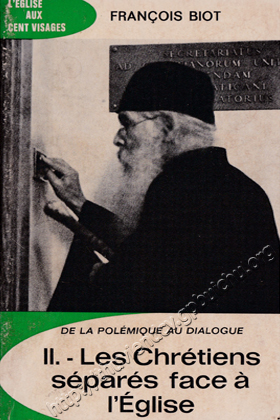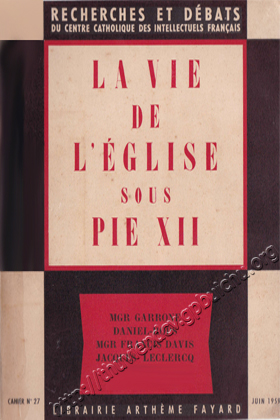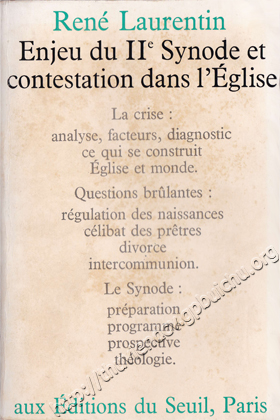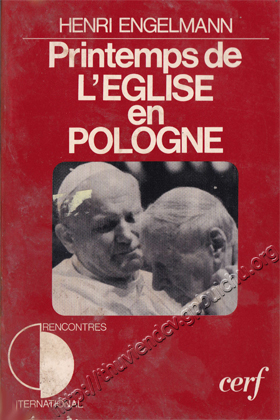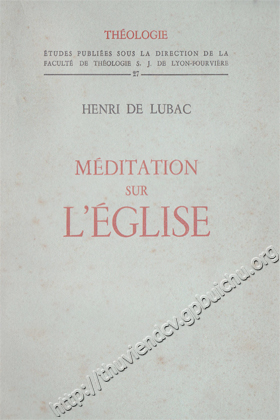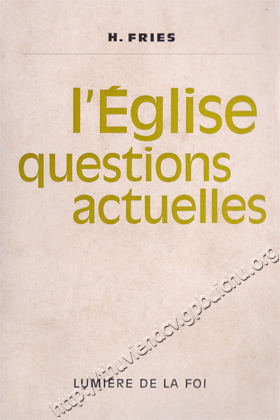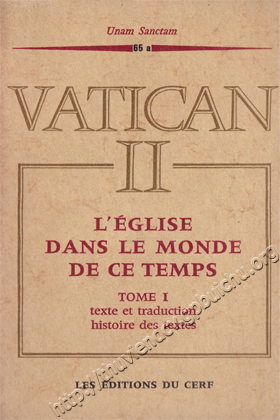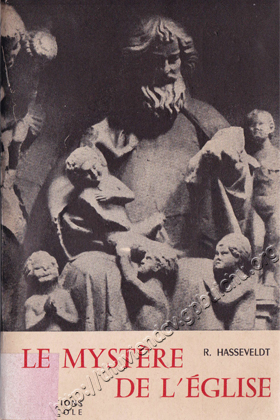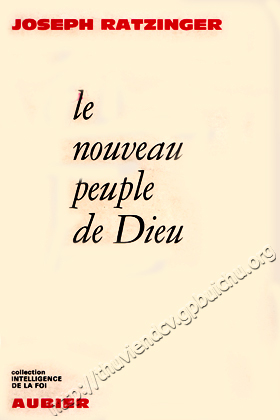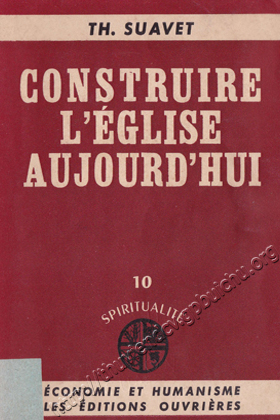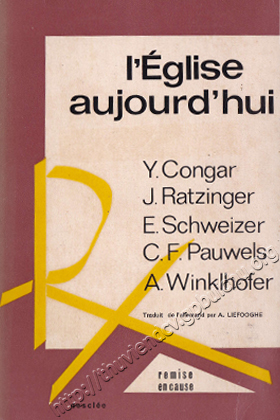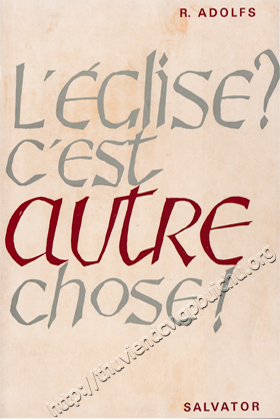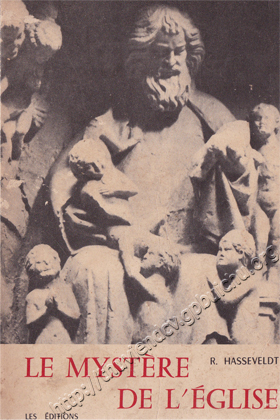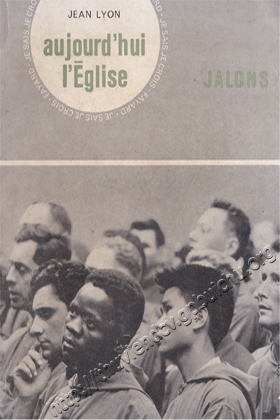
| The Church with a human face | |
| Phụ đề: | A new and Expanded Theology of Ministry |
| Tác giả: | Edward Schillebeeckx |
| Ký hiệu tác giả: |
SC-E |
| DDC: | 262 - Giáo hội học |
| Ngôn ngữ: | Anh |
| Số cuốn: | 1 |
Hiện trạng các bản sách
|
||||||||||||||
» Thêm vào danh sách tác phẩm yêu thích
| Preface | xi |
| Introduction | 1 |
| (a) The aim of my earlier book, Ministry | 1 |
| (b) The aim of this new book | 3 |
| (c) Ministry from a socio-historical and a theological perspective | 4 |
| (d) Sensitivity to hermeneutics and ideological criticism in the light of present-day negative experiences with ministry | 5 |
| Part One: Jesus Christ and his Messianic Communities | |
| 1. Jesus's historical identity as reflected in the messianic Jesus movement | 13 |
| (a) The time and place of Jesus's historical appearance | 14 |
| (b) The ministry of Jesus: message and life-style | 18 |
| (c) Jesus, confessed by his followers as the Christ | 24 |
| (i) The choice of faith | 25 |
| (ii) Jesus of Nazareth is Christ | 26 |
| (iii) Jesus and the structure of the Christian creed | 28 |
| (iv) The crucifixion | 31 |
| (v) Resurrection- reality and belief | 33 |
| 2. Church communities, "living from the Spirit" | 34 |
| Part Two: The Practice and Theology of Ministry in the Early Communities of Christian Believers | |
| Introduction | 40 |
| Section 1: A socio-historical approach, through not without theological importance | 42 |
| 1. Authority and leadership in the early church | 42 |
| (a) Ekklesia: communities of Christian believers | 42 |
| (b) Looking forward: ekklesia- dioikesis-paroikia | 43 |
| (c) Christian "free fellowship" gathering in house communities | 46 |
| (i) He kat'oikon ekklesia: Christian house communities | 46 |
| (ii) ekklesia as collegium or free association in the Graeco-Roman world | 48 |
| (d) Structure of authority in communities of early Christian believers | 50 |
| (i) How were conflicts resolved? | 50 |
| (ii) Competence- local and more than local | 55 |
| 1. More-than-local and more than local | 55 |
| 2. Local leadership and service | 59 |
| (iii) Summary | 63 |
| 2. Authority and leadership in the post-apostolic New Testament communities of believers and in the early church | 66 |
| (a) The shift from "house communities" to "the household of God" | 66 |
| (b) The rigidification of the model on the basis of theological legitimation | 69 |
| 3. Conclusion | 73 |
| Section 2: A theological approach, though not without sociological interest | 74 |
| 1. The founders of communities and those "who labour among you, lead you and admonish you" ( I Thess.5.12; see Rom.12.8-9) | 74 |
| 2. Ministry: the specific crystallization of a universal charisma of the Spirit into a gift of the Spirit reserved for certain Christians with a function in the church | 81 |
| (a) "On the foundation of the apostles and prophets" (Eph.2.20; 4.7-16) | 81 |
| (b) ministry in the Gospel of Mark | 85 |
| (c) Ministry in the Gospel of Matthew | 88 |
| (d) The "testament of Paul" to the community leaders according to Luke's interpretation | 92 |
| (e) Ministry in the Johannine tradition | 94 |
| (f) Ministry in the Pastoral Epistles; I Peter; James | 99 |
| 3. Ministry in newly founded churches | 104 |
| 4. The theological content of ministry | 115 |
| (a) The four dimensions of "apostolicity" | 115 |
| (b) Pioneers in the community, and those who inspired it and served as models by which the community could identify the gospel | 119 |
| 5. Conclusion: Service on the basis of the baptism of the Spirit and official ministry on the basis of a distinctive sacramental rite | 121 |
| Part Three: Organization and Spiritually of Ministry in the Course of Church History | |
| Section 1: From the second century to the beginning of the early Middle Ages | 125 |
| 1. Specific concentration of the charisma of the Spirit given to all on the ministerial charisma of deacons, presbyters and episkopoi with its diaconal emphasis | 125 |
| (a) Ministries in the second century | 125 |
| (i) Ministries in the churches of Greece, Asia Minor and Syria | 125 |
| (ii) Ministry in Roma | 128 |
| (iii) Ministry in Egypt, with Alexandria as a centre | 129 |
| (iv) Ministry in the Roman proconsulate of Africa | 130 |
| (b) Conclusion: Ministry in the second century | 132 |
| 2. A link in liturgical witness: the first half of the third century | 133 |
| (a) The Traditio of hippolytus | 133 |
| (b) Cheirotonia and cheirothesisa: ordinatio- appointment to ministry | 138 |
| 3. A new phenomenon, the visitator: from presbyter to priest | 140 |
| 4. The change under Emperor Theodosius | 141 |
| (a) Christianity becomes a state religion | 141 |
| (b) A brief account of the sacerdotalizing of ministry | 144 |
| (c) Nominations of bishops in the early church | 147 |
| (d) The de facto power of the bishop, born of necessity, and its subsequent official formalization | 149 |
| 5. Retrospect: typical differences between the first, second and fourth centuries | 151 |
| 6. Canon 6 of Chalcedon | 154 |
| 7. The end of late antiquity and the transition to the early Middle Ages | 156 |
| (a) Church hierarchy: Pseudo-dionysius | 156 |
| (b) Sign of a changed conception of the eucharist in the sixth and seventh centuries | 158 |
| (c) The origin of private masses, the veneration of relics and the cult of the dead | 159 |
| Section 2: The priest from the eighth to the thirteenth century | 161 |
| Introduction | 161 |
| 1. From the eighth to tenth century: the ritualistic priest | 161 |
| 2. From the end of the tenth to the end of the eleventh century: the monastic priest | 163 |
| 3. From the end of the eleventh to the beginning of the thirteenth century: the evangelical priest within a world-affirming spirituality | 167 |
| 4. Priestly pastorate (cura animarum) and lay preaching in the Middle Ages | 174 |
| (a) Conflicts between diocesan-parochial and abbatial centres of the church's pastorate | 174 |
| (b) Polemic between abbatial pastoral centres and new centres of "regular canons' who were disposed toward reform | 177 |
| (c) Conflicts between the pastorate of the Mendicants (Beggars), which was outside the dioceses and the parishes, and the traditional pastorate | 179 |
| (i) A new development: the pastoral activity of the Mendicants | 180 |
| (ii) The oppositions of William of Saint- Amour and his condemnation | 185 |
| (d) Lay preaching, meanwhile forgotten. | 187 |
| Note: Lay proclamation in the new Codex of 1983 | 189 |
| 5. Causes of the changed image of the priest in the Middle Ages | 189 |
| Section 3: The "modern" image of the priest | 195 |
| Introduction | 195 |
| 1. Prehistory: Josse Clichtove (1472-1543) | 195 |
| 2. The Council of Trent on ministry | 197 |
| 3. The nucleus of the post-Tridentine view of ministry: the danger-point in the spirituality of ministry in the "Ecole Francaise" | 202 |
| Section 4: Continuity and significant breaks in the history of the theology and practice of ministry | 203 |
| Part Four: Listening to the 'Complaints of the People" | |
| Introduction | 209 |
| 1. Discontent among the bishops; the 1971 Synod of Bishops on the priesthood: the crisis of the apolitical, celibate priesthood | 209 |
| (a) An analysis of speeches in the debate | 211 |
| (b) an evaluation of the 197 Synod | 232 |
| 2. Discontent among women | 236 |
| 3. Discontent connected with the deployment of married priests away from pastoral work | 240 |
| (a) Abstinence and celibacy | 240 |
| (b) The so-called 'third way" | 249 |
| (c) Married religious in the Middles Ages and modern experiments | 251 |
| 4. Discontent expressing itself in alternative practices of ministry | 254 |
| Conclusion | 257 |
| Part Five: The Church with a Human Face | |
| 1. Roman catholic problems with ministry, the Declaration of the Congregation for the Doctrine of faith, and the ecumenical Lima Report | 259 |
| 2. Problems surrounding the diaconate and the question of a fourth ministry | 265 |
| Abbreviations | 268 |
| Notes | 270 |
| Bibliography | 295 |
| Index of Biblical reference | 301 |
| Index of Names | 305 |
